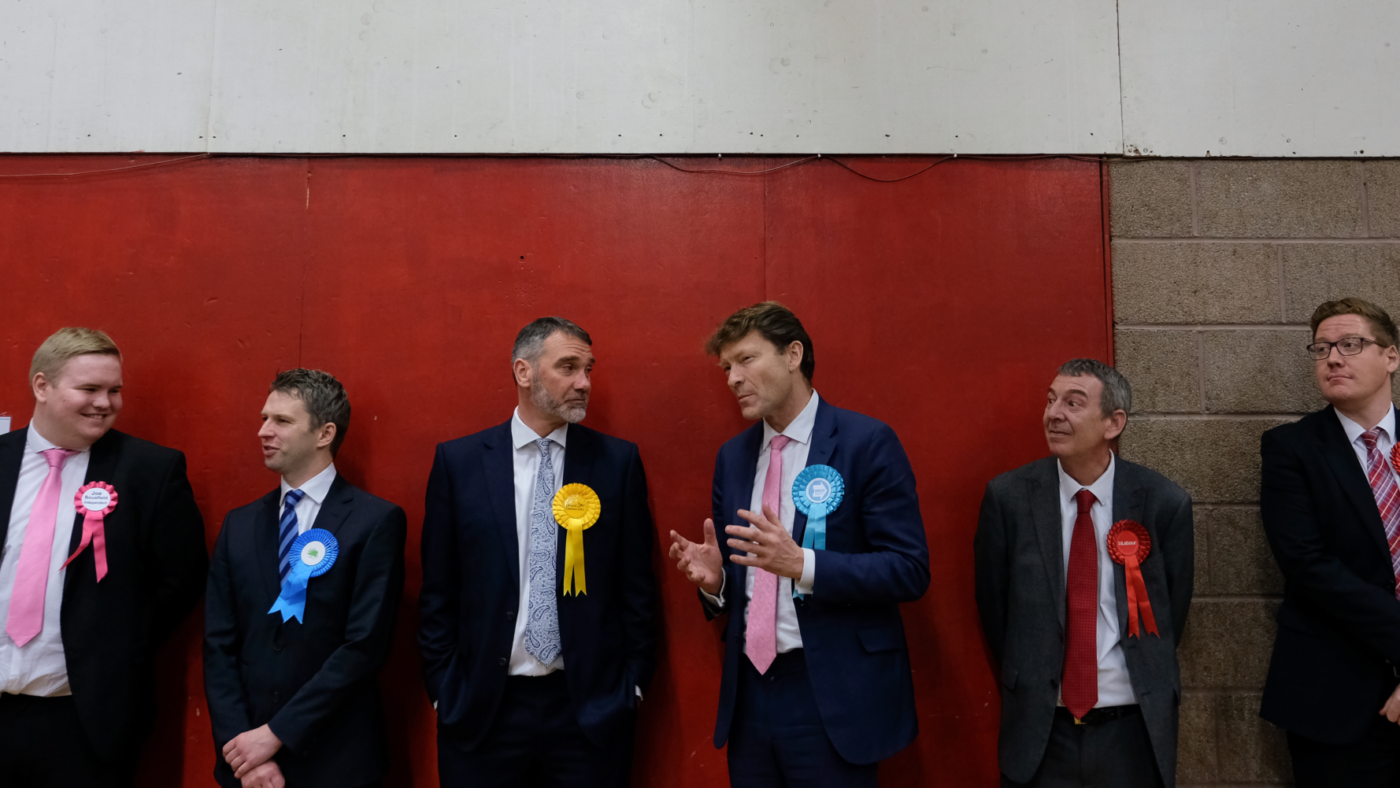Since last month’s general election, there’s been much talk about different types of constituencies, how they voted, and what the geography of party support tells us about how the country voted.
But it also matters for how the next electoral map will be drawn. Among the many consequences of the Conservatives winning a clear majority is that the decade-long standoff over boundary changes will be resolved. But why have boundary changes been controversial?
It’s an accepted principle of our electoral system that constituency electorates should be approximately the same size. And since electorates change over time, constituency boundaries need to be redrawn periodically in order to maintain something close to parity.
Where the process becomes party political is in the specifics of maintaining parity. Changes in constituency electorates over time don’t occur randomly, but have followed a consistent pattern since the war.
Electorates in deprived, generally urban (and Labour voting) areas tend to fall over time, and those in more affluent, generally non-urban (and Tory voting) areas tend to rise. That means that without boundary changes, the number of Labour MPs increases relative to the electorates they represent, while Conservative constituencies tend to become under-represented.
At the election, for example, the average Labour constituency’s electorate was around 3,800 smaller than the average Tory constituency. As such, the Conservatives always prefer for boundary changes to happen as regularly as possible, and stick more strictly to size quotas, while Labour would prefer them to happen less regularly and with more leeway to avoid splitting council areas.
The current difference in size is particularly large as the electorates in use are now almost 20 years out of date. But the disparity in seat size has also favoured Labour at every election since 1959.
This is not the same as the overall proportionality or bias of the electoral system, which is only partly driven by boundaries. The relationship between votes and seats is driven much more by things like differential turnout in safe seats, contests with smaller parties, tactical voting, and overall distributional efficiency. The last of these essentially means that piling up votes in safe seats while narrowly losing in marginals is bad; avoiding this is good.
This means that a party can do well out of the electoral system, as parties that win often do, but still be disadvantaged by the boundaries themselves, as the Tories were in 2019. With more equal electorates, Boris Johnson’s majority would be have been even bigger.
During the last decade, some specific factors complicated things further. David Cameron introduced a series of reforms – first proposed during the expenses scandal – that involved cutting the number of MPs from 650 to 600 and evening out the size of seats. A consequence of this was that several Conservative MPs would have found themselves without a notionally Conservative seat, which (along with other intra-Tory rows unrelated to boundaries themselves) meant that the last two reviews were never actually implemented.
Additionally, the use of December 2015 electorates, compiled shortly after the introduction of individual electoral registration, provoked accusations of “rigging” from opposition parties when the EU referendum electorate showed a jump of 2 million voters.
Most of this was hot air – analysis at the time by Number Cruncher Politics found that the 2 million were very evenly distributed across Conservative and Labour-held seats, meaning that neither gained an advantage.
There has also been much misunderstanding of the boundary review process. Boundary commissioners, led by senior judges, are independent, unlike the partisan bodies that perform the equivalent function in the United States. That means that there is no gerrymandering, as is commonplace (and to an extreme degree) in the US.
Likewise, it is commonly assumed that Labour is wildly disadvantaged by relatively low registration rates in its strongest areas, but this is far from clear cut.
Under-registration (eligible voters missing from the register) does tend to be in Labour areas. But over-registration, such as people on the register at an out of date address, also tends to be in Labour areas. In fact very often they are the same individuals, such as someone who has recently moved house and is still registered at the old address. Looking at one of these without the other makes little sense.
So what happens now? Guido Fawkes is reporting that boundary changes will not now involve cutting the number of seats to 600. This is unsurprising given past rebellions, but if correct it will have a number of consequences.
We won’t know too much about the impact of the changes until the specifics of the legislation are published, and the exact impact on seat totals will only become clear once the new boundaries are drawn.
But it seems likely that the next election will be fought on different boundaries than the last four, with more seats in the South of England and fewer in the North, Scotland and Wales.
The notional majority that the Tories would be defending will be bigger than the 80 they currently enjoy.
Click here to subscribe to our daily briefing – the best pieces from CapX and across the web.
CapX depends on the generosity of its readers. If you value what we do, please consider making a donation.


